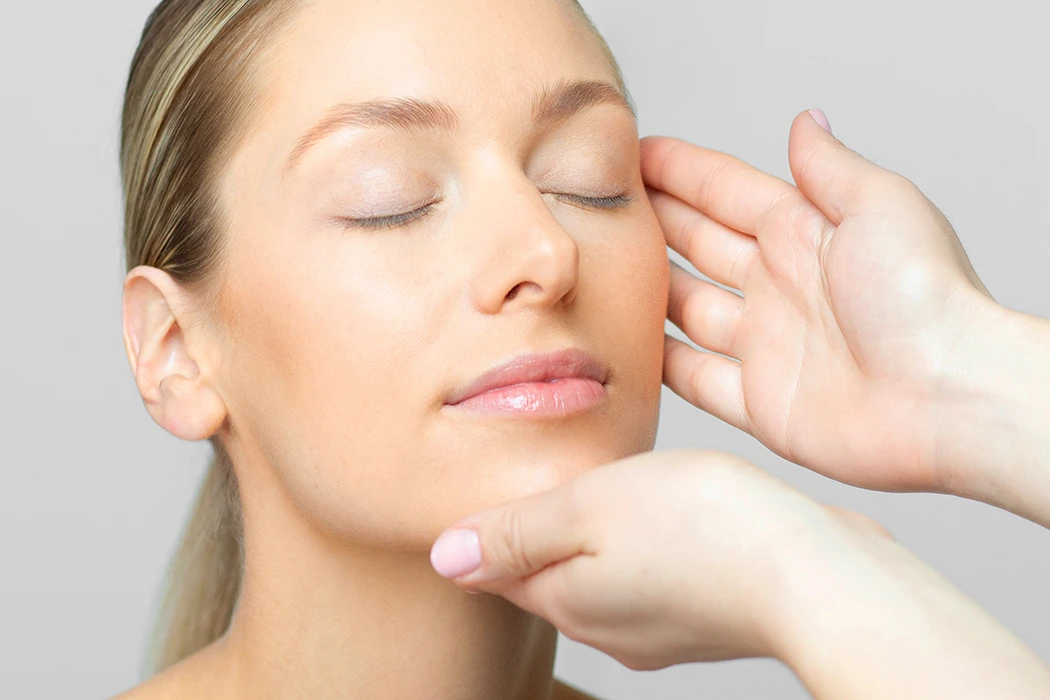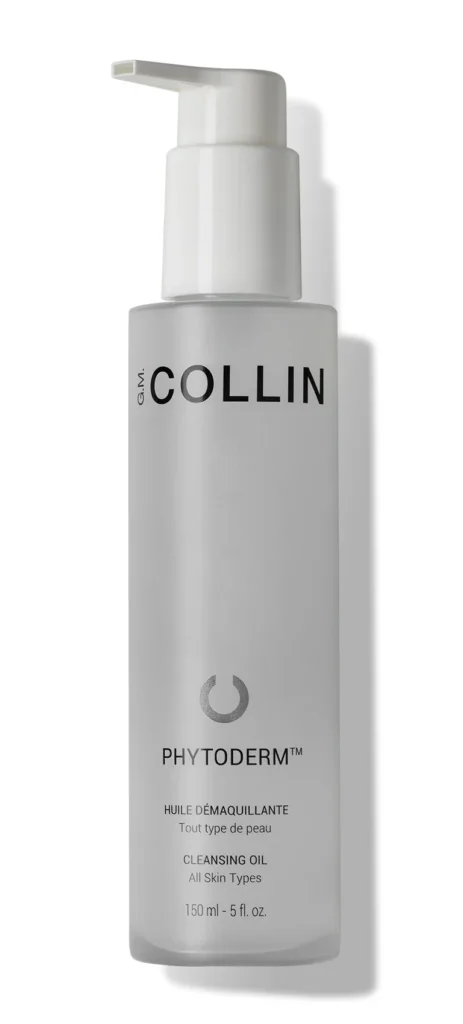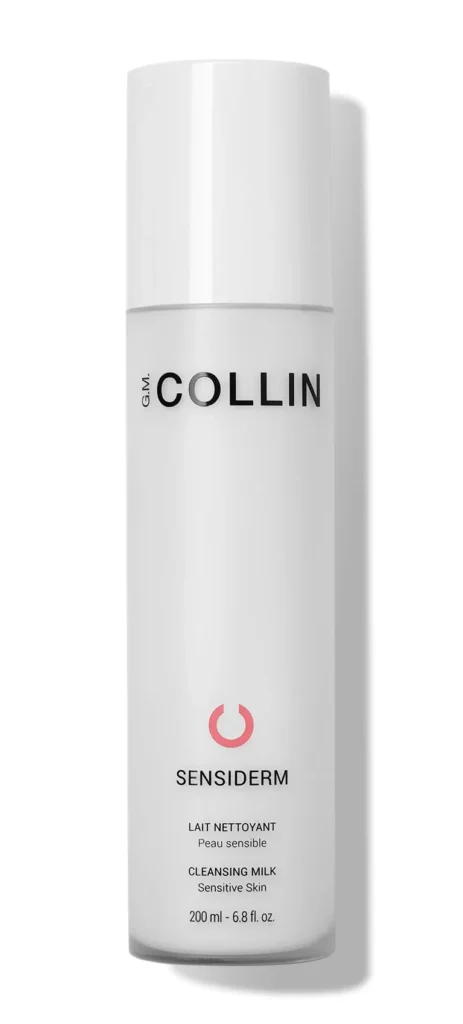How to Know the Difference
By Kendall Farr, Licensed Esthetician, Spada Skincare
Did you know that the skin is our largest organ? Think of your skin as a force field from invaders like free radicals (unstable molecules) commonly triggered by the sun’s UV rays, and environmental aggressors like dirt, and air pollution and as a ‘third kidney’ actively filtering toxins out of our systems with the excretion of sweat and oil. Keeping your skin clean and hydrated is essential to how well your skin – and body – functions.
The best way to care for your skin is to know your skin type and your skin condition. Our skin naturally evolves with age and our skin care routine needs to support that change. Most common irritations are the result of disruption to the outer layer of the skin caused by the wrong cleansing (or a lack of cleansing) and ‘treating’ (exfoliants, serums, moisturizer) for a different skin type. Cleansing the same way for decades – for a skin type you had when your skin was younger – can also create problems. My clients will frequently describe their skin type as ‘dry’ (when it is dehydrated) as the answer for why it feels tight and looks dull. Here’s how to tell if you are a ‘dry’ type or experiencing dehydration.
PRO TIP: Dry skin lacks oil.
What Does Dry Skin Look Like?
- Pores are small-to-medium in size. There is little oil production, so the pores don’t stretch to accommodate oil flow.
- Breakouts are minimal. Or you have very little oil production at this stage of your life. Even if you had some break outs when you were younger, it’s important to treat your skin for what it needs now.
- Skin consistently feels tight, dry and may have a rough or flaky texture.
- Fine lines and wrinkles are pronounced. This is also related to how much sun damage you have.
- Barrier function (your skin’s protective surface layer) is compromised which can mean increased sensitivity and irritation.
- You may have varying degrees of rosacea (broken blood vessels) across your cheeks.
What Causes Dry Skin?
- It’s Your Type: Dry skin is a skin type and a constant – essentially the skin type you were born with.
- Age: Skin has a harder time retaining moisture as we age.
- Lifestyle: Air travel, alcohol consumption, and consistent antihistamine use have a big effect on skin dryness.
- Over-drying skin care products: Bar soap, foamy cleansers, over-using facial scrubs or brushes, and daily use of prescription retinoids are all offenders.
- Hormones: Estrogen – which helps skin retain water (and makes skin look plump) naturally diminishes with age. Less estrogen means skin loses firmness and wrinkles look more pronounced.
RX for Dry Skin
Double Cleanse Your Skin at Night
Your barrier thrives with a healthy balance of oil and water. Dry skin types benefit from cleansing that doesn’t strip much needed oil from the skin’s layers and leaves it soft and hydrated. For a first cleanse, use an oil cleanser like G.M. Collin’s Phytoderm Oil Cleanser that gently melts away layers of makeup, sunscreen, and impurities. With water, the texture of this ultra-light oil transforms into an emulsion that is quick rinsing leaving skin film free. Follow with a second cleanse – a pore opening deep cleanse – using a cleanser formulated specifically for your skin type. Sensitive skins restore their glow with G.M. Collin’s Sensiderm Cleansing Milk formulated to soothe skin that’s sensitive, red, or irritated.
Use the Right Moisturizer
Choose a formulation that combines emollients (oil) and humectants (water) along with any active ingredients like retinol or peptides suited for your skin type. A consult with your esthetician can help you land on a formulation that boosts skin improvements minus any irritation.
How Dehydration Is Different Than Dry Skin
Pro Tip: Dehydrated skin lacks water.
The technical name for this temporary condition is trans-epidermal water loss (TEWL). Any skin type can suffer from dehydration and the most common cause is a lack of exfoliation. As dead skin cells collect in the upper layers of the skin, they block the penetration of the skin’s natural oils as well as any moisturizing meant to penetrate the skin layers and hold in needed water. Using products that strip the skin of oil is also a common culprit.
What Does Dehydrated Skin Look And Feel Like?
- Tight: Skin feels tight due to a lack of water in surface skin cells. Unlike dry skin, dehydrated skin may feel tight one day and normal the next based on environment and cleansing. If you are consistently using drying products or over-exfoliating – it will feel tight – consistently.
- Onion Skin: Look closely in a magnified mirror and then press and hold your finger firmly on your forehead or cheek and move it in tiny circles. Pay attention to your skin’s texture. Dehydrated skin appears as tiny, triangular fine lines – sometimes described as ‘onion skin’ since the skin of an onion can have similar crisscrossed marks.
- Shiny: Harsh or drying cleansers can leave skin looking tight and shiny. Cleansing your face with shower gel and skipping moisturizer are two common causes of water loss.
Other Causes of Dehydrated Skin:
- Air travel and alcohol are common irritants.
- Environment: Dry air, sun, heat, heaters, and air conditioning (Hello, SWFL)
- Use of overly drying products: including bar soap, high foaming cleansers, using topical acne care all over the face instead of just on active breakouts, overdoing it with retinoids.
RX For Dehydrated Skin
Use Daily Skin Care that’s Formulated to Replace and Hold Water in Your Skin.
Cleanse for Dehydration
Choose a cleanser formulated to restore your skin’s natural moisture factors. G.M. Collin’s Hydramucine Cleansing Milk provides a combination of hydration boosting Sodium PCA and essential amino acids like Arginine that leave the skin softened and saturated with moisture.
Use a Gentle AHA
A buildup of dead skin cells leads to an oil and water imbalance that leads to water loss. Exfoliate your skin with an alpha hydroxy acid 1–2 times per week to dissolve surface dullness. Opt for a gentle gel based exfoliant like G.M. Collin’s Intensive Exfoliating Gel formulated for all skin types – even the most sensitive – with a blend of natural enzymes like Pomegranate and glycolic acid and brightening natural oils to keep skin feeling calm.
Never Skip Moisture
Wear a moisturizer rich in humectants. A humectant like hyaluronic acid bonds with water molecules and draws water upwards from the dermis (your skin’s second layer) to the epidermis (the outer layer). Here in SWFL, when the humidity is above 70 percent, humectants draw moisture from the air. G.M. Collin’s Hyaluronic Filler Cream is designed with 4 advanced forms of hyaluronic acid and a cosmetic drone™ for wrinkle filling, this velvety-finish cream visibly plumps with immediate, intense hydration. It reduces the signs of aging for smoother, more luminous skin.
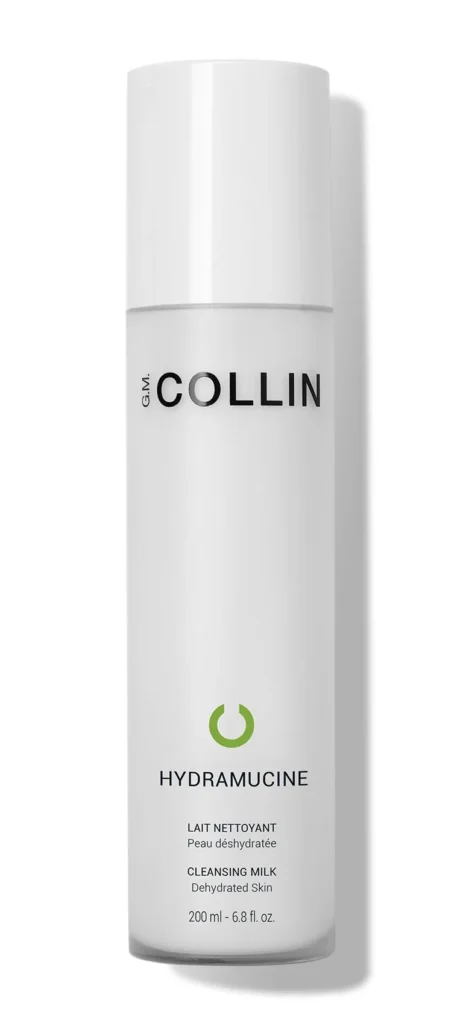
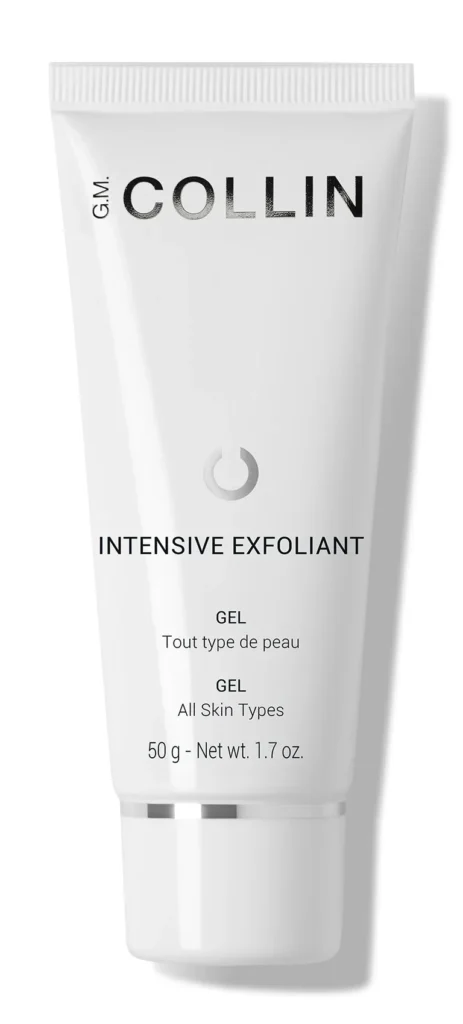
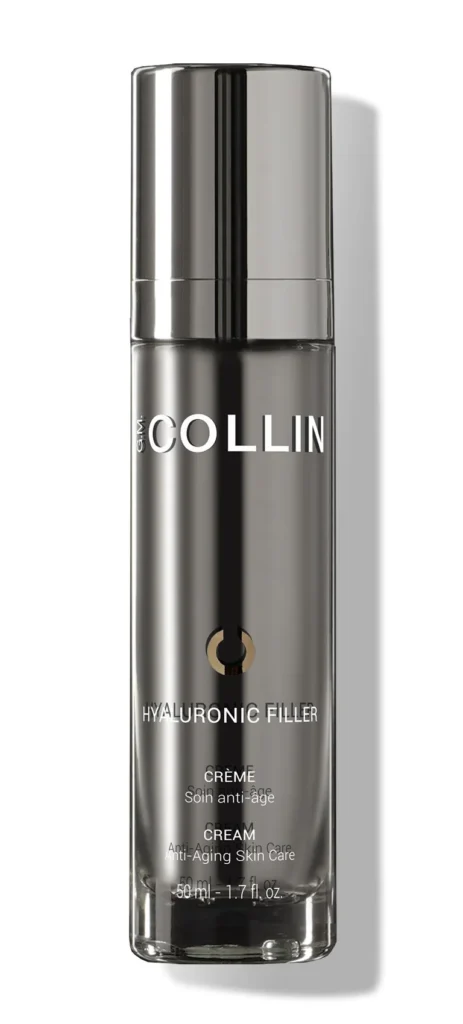
More to Know About Dryness vs. Dehydration
- Your skin will never be oily and dry at the same time. Oily skin produces too much oil. Dry skin doesn’t produce enough. Oily skin is often dehydrated on the surface from products used to remove excess oil. Using the same oil removing products you used in your teens and twenties – for decades – and not evolving your skin care with age is a (huge) contributing factor.
- Water drinking alone won’t hydrate your skin. Drinking enough water is vital to keep your internal organs high-functioning and happy but it’s estimated that less than 4 percent of the water we drink reaches our skin’s surface. How you cleanse your skin and what you apply topically to lock-in moisture is what promotes hydrated – and healthy – skin.
- When skin is dry or dehydrated it can act sensitive. When the skin’s surface is compromised by pollution for example, micro-irritants can penetrate your barrier causing water evaporation.
- Acne prone skin is very often dehydrated skin that’s subjected to a vicious cycle of cleansing to strip oil and skipping moisturizer. Your skin interprets the lack of surface oil as URGENT and produces even more oil to compensate. And the overproduction contributes to clogged pores. The goal is to use products that control excess oil without depleting it altogether like Pureactive Cleansing Gel and Pureactive Cream.
- Choose a moisturizer that targets your skin type. Again, and most important: moisturizers are a combination of humectants (they attract water) and emollients (they seal in the water). While any moisturizer combines this mixture, the percentage varies depending on what else the moisturizer is designed to do. Ask you esthetician for guidance.
Naturally, our skin evolves with age. But what never changes, however, is that every skin needs a balance of nourishing oil and hydrating water – every day. Developing the right skincare routine will support your skin’s lasting health, whatever your skin type. Wondering about your skin type and the best skin care for you? Book a facial with an expert skin analysis today!

